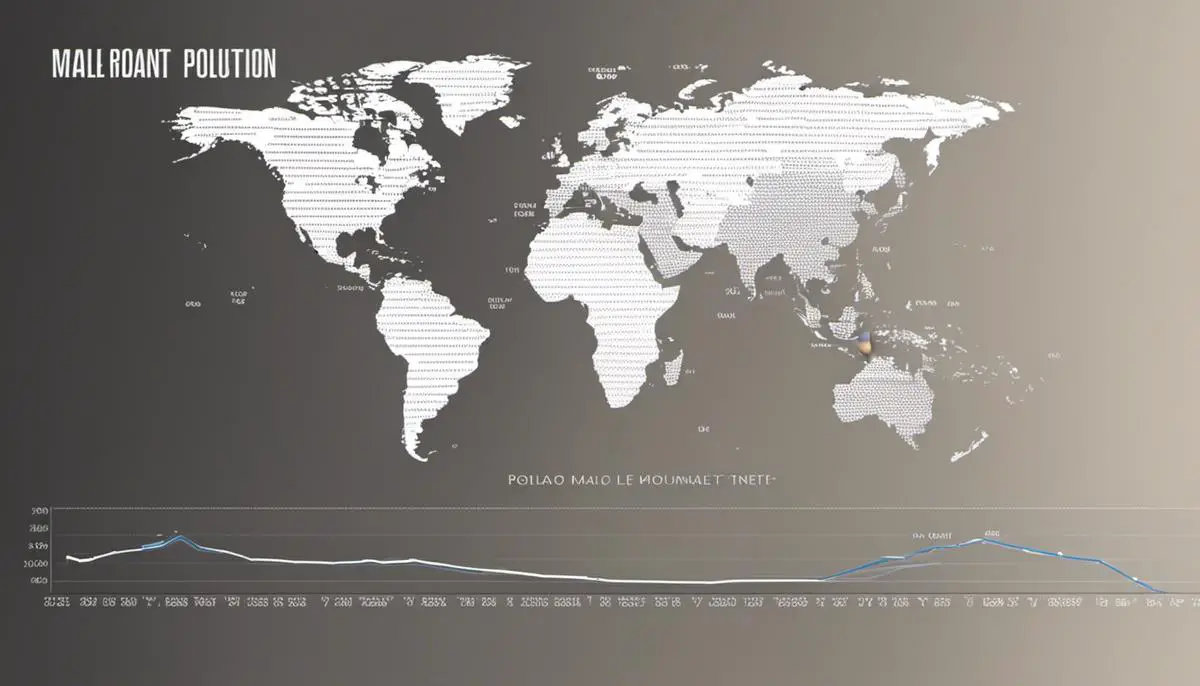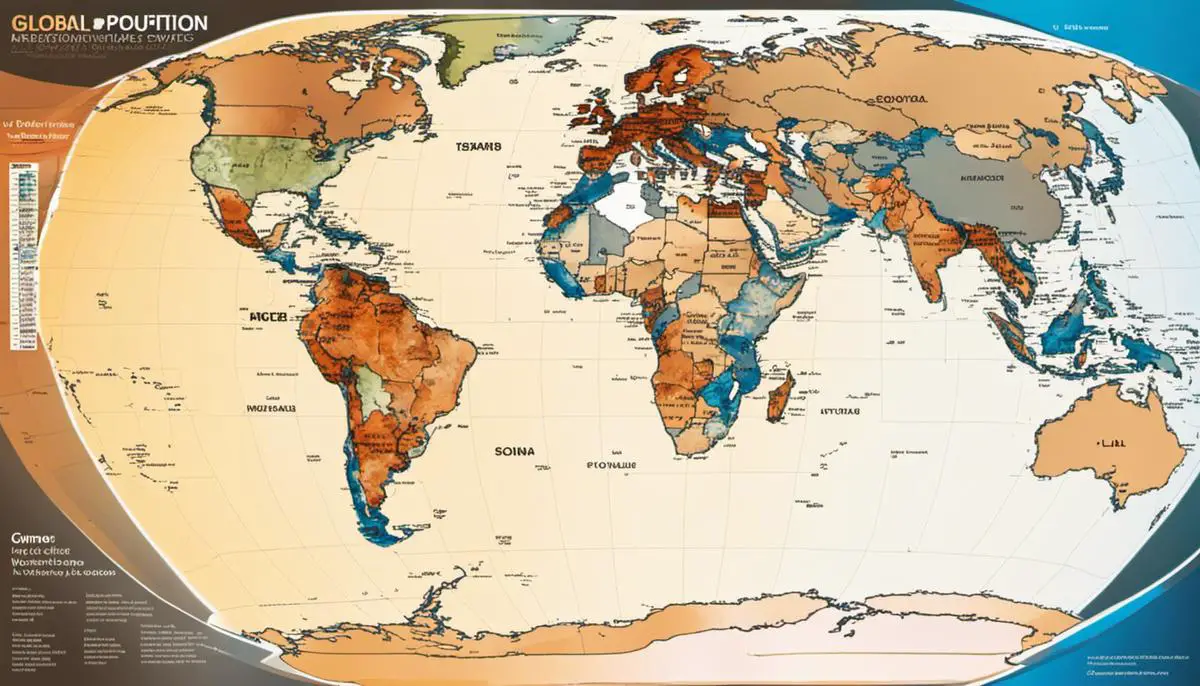Our vibrant planet, home to over seven billion unique individuals, is a swirling blend of cultures, languages, and, significant to our discussion, genders. Understanding the global distribution of these sexes, predominantly males, serves not merely an intellectual curiosity but a necessary tool in anticipating societal transformations, policy decisions, public health initiatives, and economic projections. This discussion undertakes a comprehensive exploration of the global male population, dissecting not only the raw statistical figures but also the underlying factors that influence gender ratios. We’ll pull the demographic thread further to navigate the intricate weave of rural and urban distribution and the intricate dance of birth rates, longevity, and immigration patterns.
Global Male Population Statistics
Global Male Population: Current Statistics and Trends
As of mid-2021, data from the United Nations estimated the total global male population to be approximately 3.8 billion, approximately 49.63% of the total world population of approximately 7.7 billion. This number fluctuates on an almost daily basis due to factors like birth rate, death rate, and migration patterns.
Analysis by Age
When broken down by age group, as of 2021 data, the largest percentage of the male population globally falls within the 15-64 age range, an age generally considered to be the working-age population. Those under 15 years old constitute the second largest group, while men aged 65 and older make up the smallest category. This demographic structure implies a globally younger male population.
Continental Distribution
The number of men varies greatly across continents. Asia, being the world’s largest and most populous continent, represents the largest number of men. As of 2021, China and India alone account for around 37% of the total male population, with 722 million and 682 million men respectively. Africa follows due to its high fertility rate, while Europe has a smaller and aging male population due to lower fertility rates and higher life expectancy. North America and South America represent smaller portions of the global male population, while Australia and Oceania hold the smallest percentage.
Trends and Predictions
The global male populace has seen a constant upswing, mirroring the overall growth in world population. A minor skew towards a larger male populace in younger age brackets is noticeable, with the main contributing factor being the higher male birth rates. Yet, due to increased male mortality rates across all ages, the male to female ratio is nearly equal.
With current trends and foreseen projections, it is anticipated by the United Nations that the worldwide male population will touch roughly 4.59 billion by 2050. That being said, variations in demographic composition will persist across continents and countries. Factors driving this include differing fertility rates, the ageing of populations, health-related complications, and migratory flows.

Demographic Factors and Gender Ratios
Birth Rates and Gender Ratios: A Dive into the Science
Studies suggest that the birth rates significantly shape the gender distribution within any given population. On a global scale, the birth of about 105 boys is estimated for every 100 girls, resulting in a natural tilt towards males in the gender ratio. This ratio is subject to changes based on a multitude of socio-environmental factors, including but not limited to the age of parents, nutritional intake, and toxic exposure.
Longevity: Men versus Women
Life expectancy also significantly influences the gender ratio over time. Statistics consistently show that women tend to live longer than men. Worldwide, women live on average 4.5 years longer than men. In developed nations, the gap is even larger, with women outliving men by around 6 years. This disparity leads to a higher number of women than men in older age groups.
Impacts of Immigration Patterns on Gender Ratios
Studies have found that immigration can have substantial impacts on gender ratios. Many countries that are popular destinations for immigrants, like the United States, see a significant influx of male immigrants, resulting in a male-skewed gender ratio. This is often due to job opportunities in these countries that tend to attract male workers. However, this trend varies by region and period, and it doesn’t apply to all immigrant groups.
Influence of Demographic and Social Factors on Gender Ratios
Other demographic factors may influence gender ratios as well, including cultural preferences, healthcare, policies, and warfare. Some communities have demonstrated a strong preference for sons, impacting birth rates and leading to skewed gender ratios. Additionally, factors such as access to healthcare, changes in policies regarding gender, and the male-population loss during wars have historically led to fluctuations in gender ratios.
Comparing Gender Distributions: Urban versus Rural
There are also differences in gender distribution between rural and urban areas. Urban areas typically see surges in the population of young, working-age men emigrating for job opportunities. This results in higher male-to-female ratios in cities compared to rural areas. Rural regions, conversely, often have a larger population of women, especially in older age groups.
In understanding the global population, one must take into account the numerous complicated factors that influence the gender ratio, that is, the count of men versus women. Variables such as birth and mortality rates, patterns of immigration, demographic factors, as well as environmental conditions, all play significant roles in shaping this global gender count. It’s also worth noting the distribution is not the same everywhere, with rural and urban areas showing different population dynamics due to the varying employment and lifestyle opportunities they provide, attracting distinct gender demographics.

Implications of Male Population Dynamics
The Male Population Globally: A Major Player in Social and Economic Structures
Coming up with an exact number of men globally can be challenging because of the continuous shifts in factors such as birth rates, death rates, and international migration patterns. That said, as per the data shared by the United Nations in January 2021, our planet is currently home to slightly more men than women, with the ratio standing at 101.8 men to every 100 women.
Impact on Labor Markets
A substantial portion of the male population is made up of working-age adults. This demographic plays a critical role in shaping labor markets around the globe. Potential shifts in this population could have significant economic implications. For instance, an increase in the male population might lead to increased labor supply, potentially driving wages down. On the other hand, a decrease might result in labor shortages, impacting productivity and economic growth.
Influence on Education
The male population also impacts the education sector. The number of boys enrolling in schools, colleges, and universities determines the demand for education resources. Moreover, trends in male education often influence the nature of workforces and subsequently the labor market. An educated male populace can lead to an enhanced workforce, while a potential illiteracy problem among the male population might hinder economic development.
Effects on Health Care Systems
Changes in the male population have implications for health care. With a higher lifespan than women, men often face unique health risks associated with aging, such as prostate cancer and heart disease. As such, sizable shifts in the male population could put pressure on health care systems, particularly in areas that already struggle with access to healthcare or have an aging populace.
Impact on Family Structures
The male population also plays a substantial role in shaping family structures. Men often assume the role of primary income earners in many societies, and shifts in the male population can shape the dynamics of families. For instance, a decrease in the male population could mean an increase in single mothers and corresponding pressure on social safety nets.
Overall, it is evident that changes in the male population can have vast and varied societal, political, and economic implications. Considering these implications is crucial to anticipate and plan for future challenges and opportunities.

With an in-depth understanding of the significant factors and parameters that shape male population dynamics, we can look forward to a more informed world that is better equipped to address future challenges and opportunities. Reviewing the global male population isn’t an exercise in numbers, but a guide to planning and strategizing for sustainable growth and development. It brings to fore discussions on crucial societal aspects like labor markets, education, health care systems, and family structures, offering a broader perspective on the real-world implications. As changes continue to define our global terrain, let’s hope that this understanding allows us to appreciate and navigate the world’s human fabric with more empathy, foresight, and efficacy.
![]()
